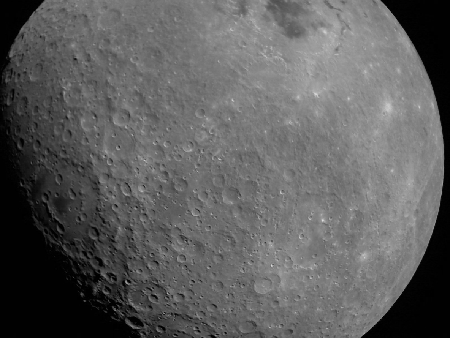China successfully tests navigation in space using pulsars
Using the X-ray space telescope Insight it launched in 2017, China has successfully tested an autonomous navigation system using pulsars.
The time interval of two adjacent pulses emitted by the pulsar is constant. If a spacecraft moves toward the pulsar, the received pulse interval will be shortened, and vise versa. Thus the observed pulse profile will change as the spacecraft moves in space. The relative arrival times of pulses also indicate the relative position of the spacecraft with respect to the pulsar. Therefore, by analyzing the characteristics of the pulsar signals received by the spacecraft, the three-dimensional position and velocity of the spacecraft can be determined, Zheng explained.
From Aug. 31 to Sept. 5, 2017, Insight observed the Crab pulsar for about five days to test the feasibility of pulsar navigation. The research team had also proposed an algorithm for X-ray pulsar navigation, according to Zhang Shuangnan, lead scientist of the Insight space telescope.
The research team further improved the algorithm and applied it in the processing of the observation data of the three detectors onboard Insight. The satellite’s orbit was determined successfully, with the positioning accuracy within 10 km, comparable to that of a similar experiment conducted on the International Space Station, Zhang said.
This is not the first such test. U.S. scientists did something similar using an X-ray telescope on ISS in 2017.
Using the X-ray space telescope Insight it launched in 2017, China has successfully tested an autonomous navigation system using pulsars.
The time interval of two adjacent pulses emitted by the pulsar is constant. If a spacecraft moves toward the pulsar, the received pulse interval will be shortened, and vise versa. Thus the observed pulse profile will change as the spacecraft moves in space. The relative arrival times of pulses also indicate the relative position of the spacecraft with respect to the pulsar. Therefore, by analyzing the characteristics of the pulsar signals received by the spacecraft, the three-dimensional position and velocity of the spacecraft can be determined, Zheng explained.
From Aug. 31 to Sept. 5, 2017, Insight observed the Crab pulsar for about five days to test the feasibility of pulsar navigation. The research team had also proposed an algorithm for X-ray pulsar navigation, according to Zhang Shuangnan, lead scientist of the Insight space telescope.
The research team further improved the algorithm and applied it in the processing of the observation data of the three detectors onboard Insight. The satellite’s orbit was determined successfully, with the positioning accuracy within 10 km, comparable to that of a similar experiment conducted on the International Space Station, Zhang said.
This is not the first such test. U.S. scientists did something similar using an X-ray telescope on ISS in 2017.






